Wooden grow boxes
botanical_bill
15 years ago
Related Stories
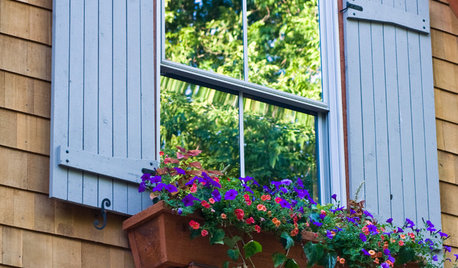
CURB APPEALHow to Make a Window Garden Grow
Get the scoop on materials, installation, plantings and more to bring the charming look of window boxes to your home
Full Story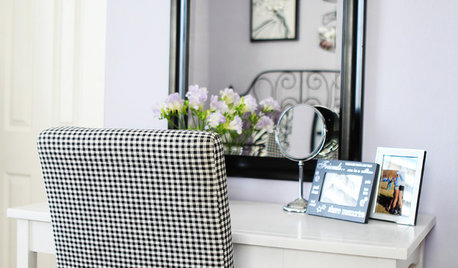
DECORATING GUIDESGingham Grows Up
Don't box this classic pattern into kids' room territory. Gingham checks in modern colors give adult spaces simple and fresh appeal
Full Story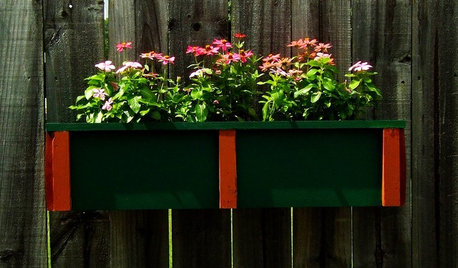
DIY PROJECTSNeat Little Project: A Wooden Planter to Hang Anywhere
Dress up a drab wall or window with this planter box you make yourself. Or just set it on a patio for the easiest 'installation' of all
Full Story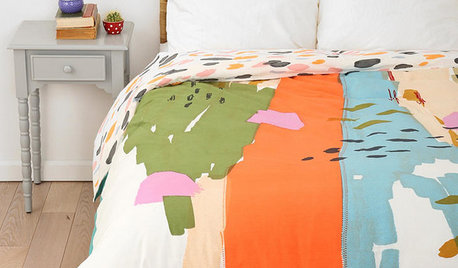
PRODUCT PICKSGuest Picks: Beautiful Bedroom Pieces That'll Grow With Your Girl
Leave tiaras and wands to the dress-up bin. These versatile girls' bedroom pieces will magically transition as she ages
Full Story
EDIBLE GARDENSHow to Grow Your Own Sweet Summer Crops
This guide will help any gardener get started on growing the freshest warm-season veggies and berries for summer
Full Story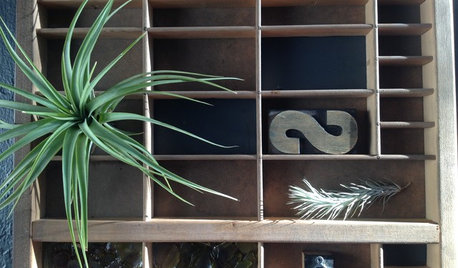
DIY PROJECTSReinvent It: Grow a Mini Vertical Garden in Printing Press Drawers
Make a living wall composition from vintage finds and greenery, for an artful indoor garden
Full Story
EDIBLE GARDENSSummer Crop: How to Grow Blueberries
Plant blueberries in spring or fall for garden beauty through three seasons — and a sweet superfood in summer
Full Story
GARDENING GUIDES9 Low-Growing Hedges That Make Good Neighbors
Define garden areas or borders without blocking the view, with these evergreen shrubs that take kindly to trimming
Full Story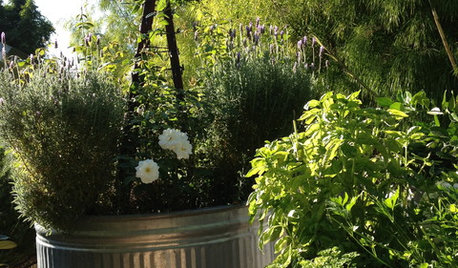
EDIBLE GARDENSGrow Herbs for Fresh Flavor and Good Looks in the Garden
With sun and a patch of ground, you can have all the fresh flavor you need for cooking right outside your door. Here's how to get started
Full Story
WINTER GARDENINGExtend Your Growing Season With a Cold Frame in the Garden
If the sun's shining, it might be time to sow seeds under glass to transplant or harvest
Full Story







greenman28 NorCal 7b/8a
greenman28 NorCal 7b/8a
botanical_billOriginal Author
head_cutter
mountainrunner
head_cutter
mountainrunner
head_cutter
bigbiglew
tapla (mid-Michigan, USDA z5b-6a)
sfhellwig
head_cutter
tapla (mid-Michigan, USDA z5b-6a)
head_cutter
tapla (mid-Michigan, USDA z5b-6a)
head_cutter
tapla (mid-Michigan, USDA z5b-6a)
paul3636_msn_com
paul3636